The views expressed in our content reflect individual perspectives and do not represent the authoritative views of the Baha'i Faith.
Death is a fact of life—but is the afterlife a fact of death? The afterlife is an impenetrable mystery, as the Baha’i teachings indicate:
The nature of the soul after death can never be described, nor is it meet and permissible to reveal its whole character to the eyes of men. – Baha’u’llah, Gleanings from the Writings of Baha’u’llah, p. 156.
Baha’u’llah further wrote:
The world beyond is as different from this world as this world is different from that of the child while still in the womb of its mother. When the soul attaineth the Presence of God, it will assume the form that best befitteth its immortality and is worthy of its celestial habitation. – Ibid., p. 157.
Even though the “whole character” of the afterlife cannot be fully “described,” nevertheless the Baha’i writings do, in fact, partially allude to the nature of the soul in the next world. This remarkable portrayal of the next world from Baha’u’llah’s writings gives us a perfect example of this partial description, which can be thought of as a preview or glimpse of the afterlife:
… concerning thy question regarding the soul of man and its survival after death. Know thou of a truth that the soul, after its separation from the body, will continue to progress until it attaineth the presence of God, in a state and condition which neither the revolution of ages and centuries, nor the changes and chances of this world, can alter. It will endure as long as the Kingdom of God, His sovereignty, His dominion and power will endure. It will manifest the signs of God and His attributes, and will reveal His loving kindness and bounty. The movement of My Pen is stilled when it attempteth to befittingly describe the loftiness and glory of so exalted a station. The honor with which the Hand of Mercy will invest the soul is such as no tongue can adequately reveal, nor any other earthly agency describe. Blessed is the soul which, at the hour of its separation from the body, is sanctified from the vain imaginings of the peoples of the world. Such a soul liveth and moveth in accordance with the Will of its Creator, and entereth the all-highest Paradise. The Maids of Heaven, inmates of the loftiest mansions, will circle around it, and the Prophets of God and His chosen ones will seek its companionship. With them that soul will freely converse, and will recount unto them that which it hath been made to endure in the path of God, the Lord of all worlds. If any man be told that which hath been ordained for such a soul in the worlds of God, the Lord of the throne on high and of earth below, his whole being will instantly blaze out in his great longing to attain that most exalted, that sanctified and resplendent station. – Ibid., pp. 155–156.
Baha’i teachings on the nature of the afterlife are also conveyed through metaphors, not only in Baha’i scriptures, including prayers for the departed, but especially in the form of dreams. When it comes to depictions of the next world, dreams are metaphors, with their own “dream logic,” and they are not to be taken literally. In this perfect example: Abdu’l-Baha gave us a glimpse of the afterlife, by way of a conversation in a dream:
Yet another Hand of the Cause was the revered Mullá Alí-Akbar, upon him be the glory of God, the All-Glorious. … I loved him very much, for he was delightful to converse with, and as a companion second to none. One night, not long ago, I saw him in the world of dreams. Although his frame had always been massive, in the dream world he appeared larger and more corpulent than ever. It seemed as if he had returned from a journey. I said to him, “Jináb, you have grown good and stout.” “Yes,” he answered, “praise be to God! I have been in places where the air was fresh and sweet, and the water crystal pure; the landscapes were beautiful to look upon, the foods delectable. It all agreed with me, of course, so I am stronger than ever now, and I have recovered the zest of my early youth. The breaths of the All-Merciful blew over me and all my time was spent in telling of God. – Memorials of the Faithful, pp. 9, 12.
Although this dream should not be taken literally, it illustrates an important spiritual principle: the law of correspondence. Regarding this law, Abdu’l-Baha elsewhere said:
The spiritual world is like unto the phenomenal world. They are the exact counterpart of each other. Whatever objects appear in this world of existence are the outer pictures of the world of heaven. – The Promulgation of Universal Peace, p. 10.
This teaching is confirmed by the following passage from Abdu’l-Baha’s “Tablet of the Universe:”
These are spiritual truths relating to the spiritual world. In like manner, from these spiritual realities infer truths about the material world. For physical things are signs and imprints of spiritual things; every lower thing is an image and counterpart of a higher thing. Nay, earthly and heavenly, material and spiritual, accidental and essential, particular and universal, structure and foundation, appearance and reality and the essence of all things, both inward and outward—all of these are connected one with another and are interrelated in such a manner that you will find that drops are patterned after seas, and that atoms are structured after suns in proportion to their capacities and potentialities. – Abdu’l-Baha, Tablet of the Universe, anonymous provisional translation, p. 2.
In the next and final essay in this two-part series, we’ll examine the glimpses of the next world the Baha’i teachings have given us.

Ashraf (Rahimpour) Abadi
Dedicated in loving memory of my dear, departed mother-in-law, Ashraf (Rahimpour) Abadi (d. July 18, 2006, North Vancouver, Canada), and originally written for her memorial service on July 20, 2019.


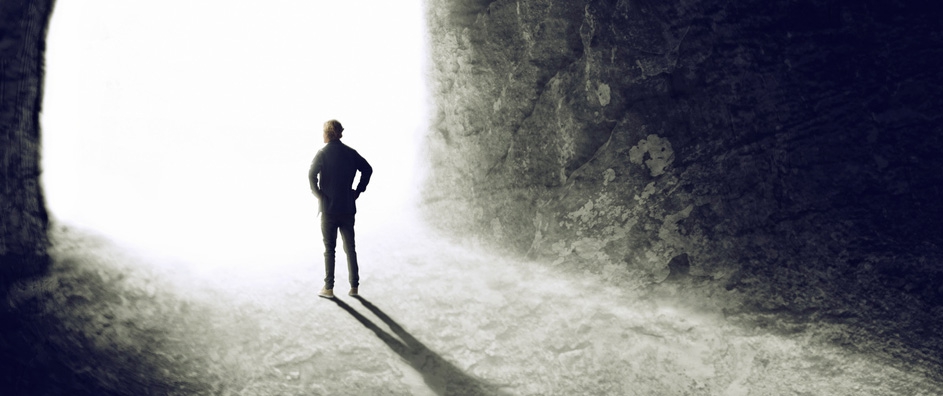



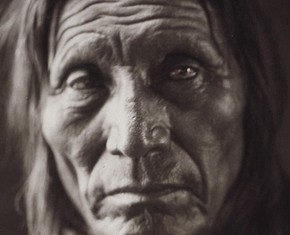


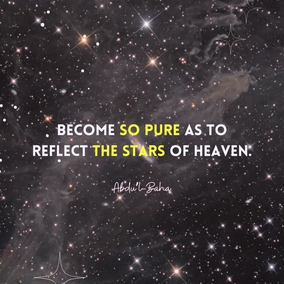

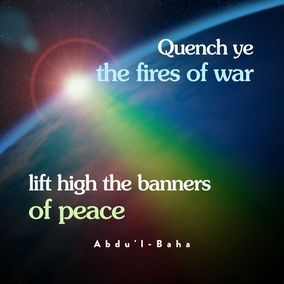
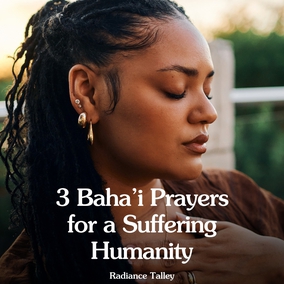

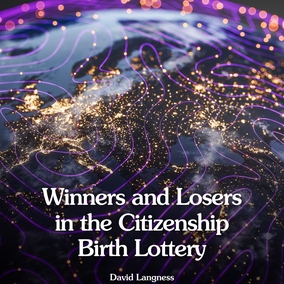

Comments
Sign in or create an account
Continue with Googleor